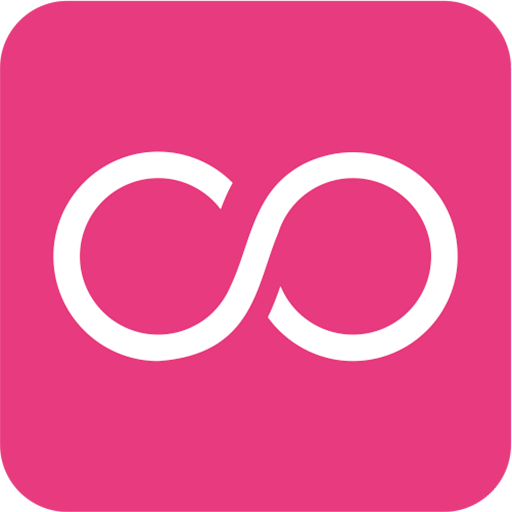Okta has long been recognized as a leader in identity and access management (IAM), particularly for large enterprises requiring robust, scalable, and secure authentication solutions. However, as more organizations seek flexibility, cost-effectiveness, and customization, the question arises: Can Okta alternatives support large enterprises just as effectively? The answer depends on the organization’s unique needs, but many alternatives are increasingly proving to be competitive—and in some cases more aligned with evolving enterprise demands.
The Core Requirements of Large Enterprises
Before exploring specific alternatives, it is important to understand what large enterprises typically demand from an IAM platform:
- Scalability: The ability to handle millions of user authentications and scale with growth.
- Security: Advanced threat detection, multi-factor authentication (MFA), and zero-trust architecture.
- Integration: Seamless compatibility with existing enterprise applications, cloud environments, and legacy systems.
- Compliance: Support for regulatory standards like GDPR, HIPAA, and SOC 2.
- Customizability: Ability to tailor workflows, access policies, and user experiences.
Many of Okta’s competitors have recognized these demands and built solutions that explicitly address the complex needs of large enterprises.
Notable Okta Alternatives with Enterprise-Grade Features
Several IAM solutions now provide full-featured alternatives to Okta. Some of the most well-regarded include:
- Microsoft Entra ID (formerly Azure AD): A popular choice in Microsoft-centric enterprises, offering deep integration with Microsoft 365, robust security, and hybrid support for on-premises and cloud resources.
- Auth0 (now part of Okta): Though under the Okta umbrella, it remains a distinct platform focused on developer-led custom identity solutions. Enterprise clients looking for flexibility often favor it.
- Ping Identity: Particularly strong in large enterprise and government sectors, providing secure single sign-on (SSO), MFA, and identity governance while enabling extensive custom integrations.
- ForgeRock: Known for its capabilities in managing identity across IoT, cloud, and mobile environments. Its modular architecture is appealing to organizations that require high customization.
- OneLogin: Offers powerful IAM features, including SSO and unified directory integration, with a user-friendly dashboard and a competitive pricing model for large teams.
Evaluating the Readiness of Alternatives
So, can these alternatives truly replace Okta in high-demand enterprise environments? Let’s assess some critical factors:
1. Reliability
Alternatives like Microsoft Entra ID and Ping Identity have proven reliability with large clients across the globe. Their platforms regularly support tens of millions of identities with high availability, global data centers, and robust SLAs.
2. Security
Security is a non-negotiable factor for enterprises. Okta alternatives prioritize this with strong encryption, role-based access controls (RBAC), adaptive authentication, and ongoing compliance audits.
3. Cost and Flexibility
Pricing models differ significantly. Some alternatives offer more transparent pricing, customizable features, and better scalability without overcharging for additional integrations or users.
4. Developer and Integration Support
Enterprises with internal development teams often emphasize the importance of robust APIs and SDKs. Auth0, Microsoft, and ForgeRock provide comprehensive developer tools, making it easier to integrate IAM deeply into custom applications.
Real-World Adoption by Large Enterprises
Global corporations, financial institutions, government agencies, and healthcare providers have successfully implemented Okta alternatives. Microsoft Entra ID, for example, is widely adopted by Fortune 500 companies due to its seamless integration with the Microsoft ecosystem. Ping Identity, meanwhile, serves large financial organizations with stringent security and compliance needs.
Moreover, the hybrid cloud trend has accelerated the adoption of adaptable IAM platforms. Companies want an identity solution that supports both on-prem and cloud resources, allowing gradual transitions without compromising security or performance.
Conclusion
While Okta remains a market leader in identity and access management, alternatives have matured significantly and are well-equipped to meet the stringent demands of large enterprises. Their strength lies not only in feature parity but also in offering strategic advantages such as better support for hybrid environments, enhanced customizability, competitive pricing, and robust integration capabilities.
When evaluating a transition from Okta—or choosing an IAM provider for the first time—enterprises must conduct a rigorous analysis based on their specific use cases, existing systems, and future growth trajectory. Many of the modern alternatives are more than up to the challenge.

